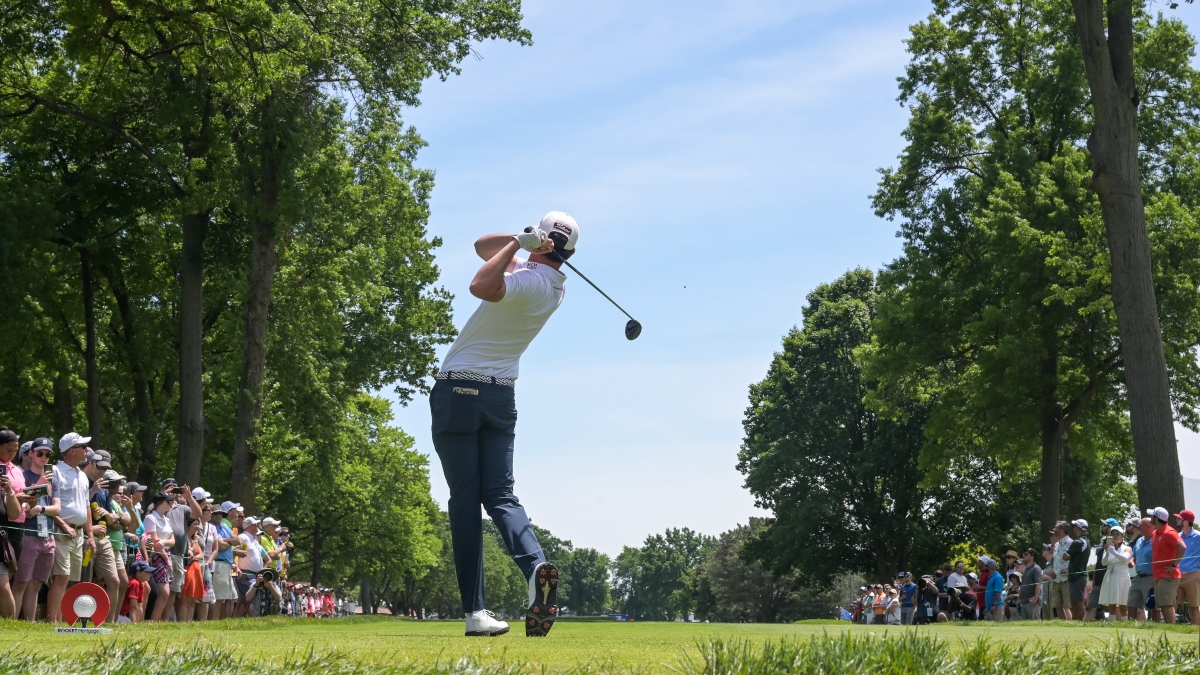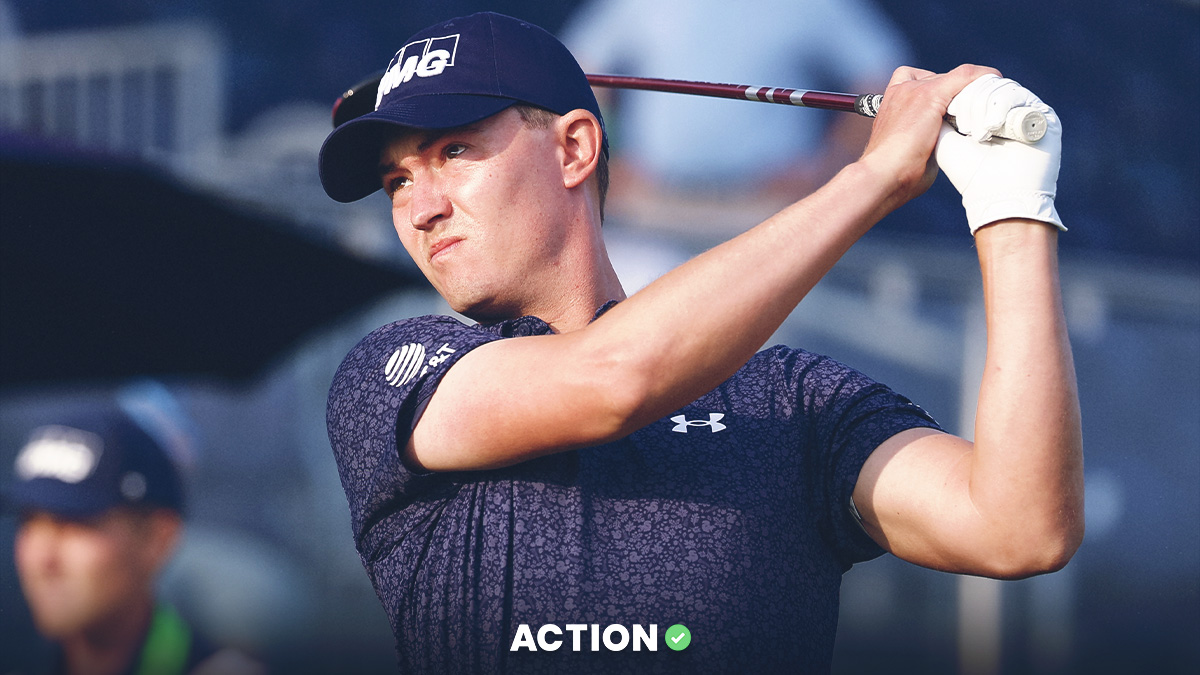- Bryan Mears analyzes the most important metrics to know about Detroit Golf Club ahead of the Rocket Mortgage Classic.
- Mears digs into whether this course will favor bombers before the PGA Tour event kicks off with Round 1 on Thursday.
If you love watching PGA TOUR players destroy courses and put up rounds in the 20-under par range, you're in for another treat this week.
The Rocket Mortgage Classic is a new event, first played last year, replacing the Quicken Loans National. It gave us a new course as well, the Detroit Golf Club, which plays as a par-72 at nearly 7,300 yards — a good bit longer than River Highlands, Harbour Town and other recent courses.
Nate Lashley won the inaugural event last year at 25-under par, lapping the field by an incredible six strokes. The field will be a bit stronger this year following the COVID-19 layoff, but the course should play about the same, with the only difference being the rough is a bit longer.
Will the added distance finally favor bombers after three straight weeks of short, ball-striking courses? Let's take a look at the data.
The Most Predictive Stats at Detroit Golf Club
Using FantasyLabs data, we can look at how golfers in the 90th-plus percentile for each stat entering Colonial have historically performed. It measures their performance against a salary-based expectation. And while that might seem like a weird way to go about it, note that DFS salaries in golf are highly correlated with odds to win.
That means we can lean on DFS data and the baseline it provides to measure stats.
That said … be very careful about course data this week. This is not a situation like we've had in the last three weeks with Colonial, Harbour Town and River Highlands where we have decades of data about which golfers fit best; we have just a single year of data from Detroit, which is a very small sample.
In fact, I would use very little from last year's sample. The field was obviously different, and it was just two weeks after the U.S. Open.
The data isn't irrelevant by any means — it's why I still posted the graph above — but I would discount it. That data shows that golfers who are consistent and in good form did well here last year. Golfers in the 90th-plus percentile in missed cut percentage outperformed their expectations the most. Also up there in metrics are recent scrambling, par-3 scoring and birdie rate; the last obviously makes sense given the low scores we're expected to see.
You'll notice that there's no course data in the graph above, simply because we don't really have any. We don't know how golfers who have done well at Detroit have fared in subsequent events — because there's been just one. I would guess it's semi-important, but we can't quantify just how much.
Feel free to use that data to narrow your DFS or betting pool of golfers, but my advice would be to lean on more general, robust metrics overall. Some examples …
- Long-Term Adjusted Round Score (our proprietary, catch-all metric)
- Recent Adjusted Round Score
- Strokes Gained: Ball-Striking
- Strokes Gained: Approach
- Strokes Gained: Tee-to-Green
- Long-Term & Recent Greens in Regulation
This is not a week to get too cute in analyzing the course or building a model for it. Lean on robust data points and find edges elsewhere — whether that's fading high-owned guys in DFS or something else.
























































